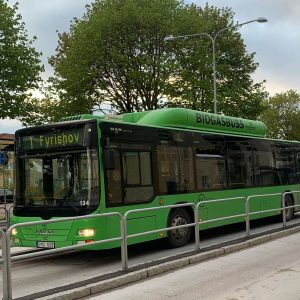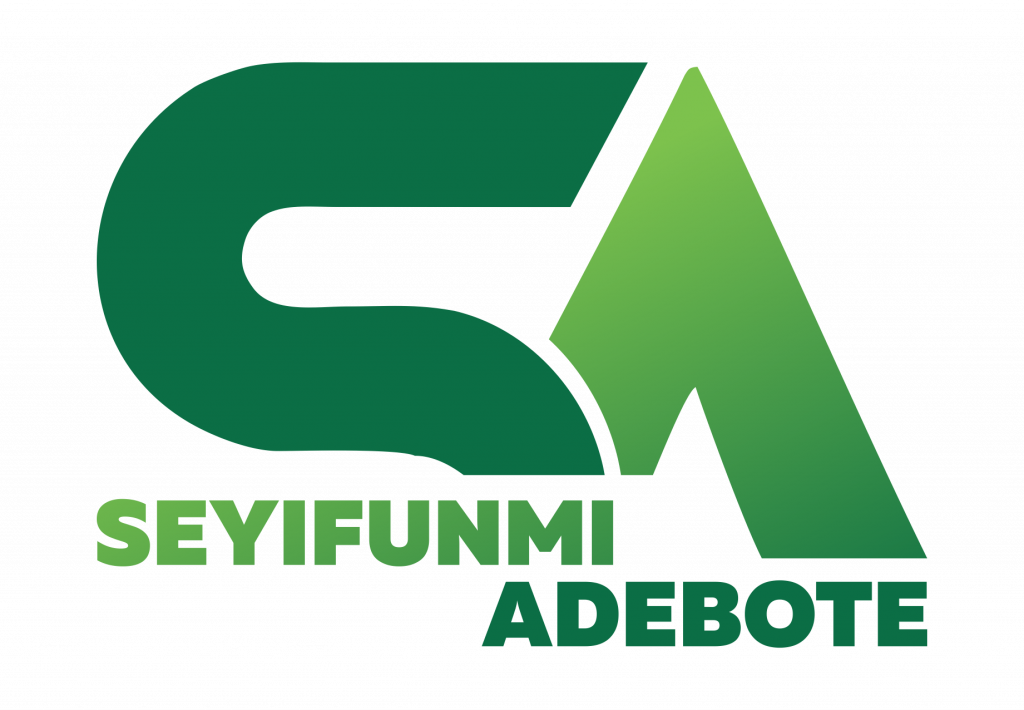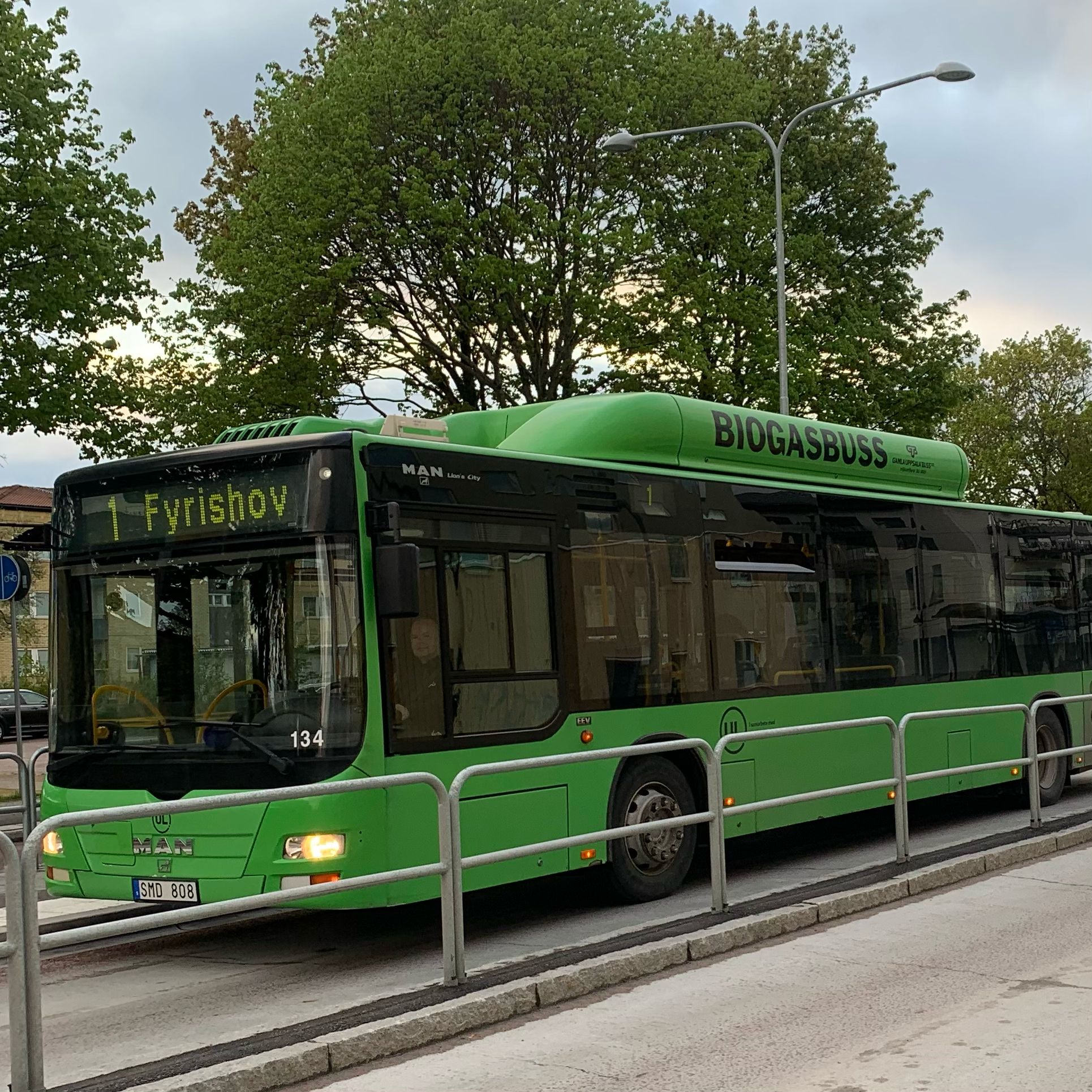Thoughts on environmental framing and frames.
Imagine a city where you have to worry the least about fuel emissions as you move around from location A to locations B, C and D. All you have to do is eat lots of bananas and throw the peels in the bins provided – on the bus. Isn’t that totally cool?
That’s the impression I got in September 2022, when I was using one of the public buses in Sweden that had an ad that read something like: Den här bussen drivs av dina bananskal, släng dem inte! which loosely translates to, “This bus is powered by your banana peels, do not throw them away!” Really!!!

Interestingly, I had a finger of banana in my hand at the time, so this ad got me thinking a bit critically. How true, realistic and accurate is that? I have a basic knowledge of biogas-fueled vehicles, but my least imagination is that a handful of banana peels is sufficient to get these double-deck, approximately 18-meter-long, 70-passenger buses running through the city for about 20 hours daily.
Very prominently, many of the green UL buses in Uppsala county have the word “Biogas” on the side, and others have the bold phrase: “This bus (or car) is powered by biogas” on the rear. It is worth noting that Uppsala remains one of the world’s top Climate Cities since 2018, so do not doubt that “these buses are powered by banana peels.”
The company’s website (Environment and Climate work section) suggests that “for a long time, UL buses run on a flexible mix of different types of fossil-free fuels…, as much as possible of fuels should be locally produced…, and made from renewable raw materials.”

Curious about data, concrete numbers, and the sources of this biogas, I called the UL bus company to jovially inquire: Hej, how many banana peels does it take to power a bus every week? Is there a need to import more banana peels from India, Indonesia or Nigeria? Don’t ask me what their response was.
My main point here is not banana peels but FRAMES – frames for environmental messages. By frames, I mean filters with which we make sense of our world. Using different frames, companies continue to create a public perception of their brands: what they do and why they do them – especially with an angle of being environmentally responsible, sustainable, green or eco-friendly.
That is why Coca-cola can say, “We will get every bottle back by 2030”; Unilever and Nestle hope to have their “packaging 100% recyclable or reusable by 2025”; H&M‘s conscious fashion claims that their products (clothes) are made from “organic” cotton, used bottles and recycled polyester; major banks make “green investments” in oil and gas; MacDonalds takes pride in paper straws which are not recyclable; and feel free to add to the list!
In an effort to influence attitudes, shape behavioural patterns and make profits, companies and brands will continue to frame environmental claims to their advantage (especially where there are none or weak regulations to verify these claims.)
Again this is not about right or wrong, my recommendation is that, ultimately, it is up to us (responsible consumers) to become more aware, ask clarifying questions and where we can, contribute to authentic and more sustainable solutions.
…
With hopes for a truly sustainable world,
‘Seyifunmi Adebote (2023)


